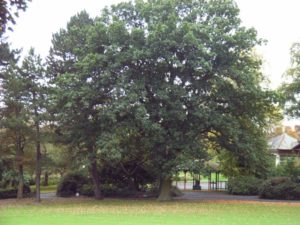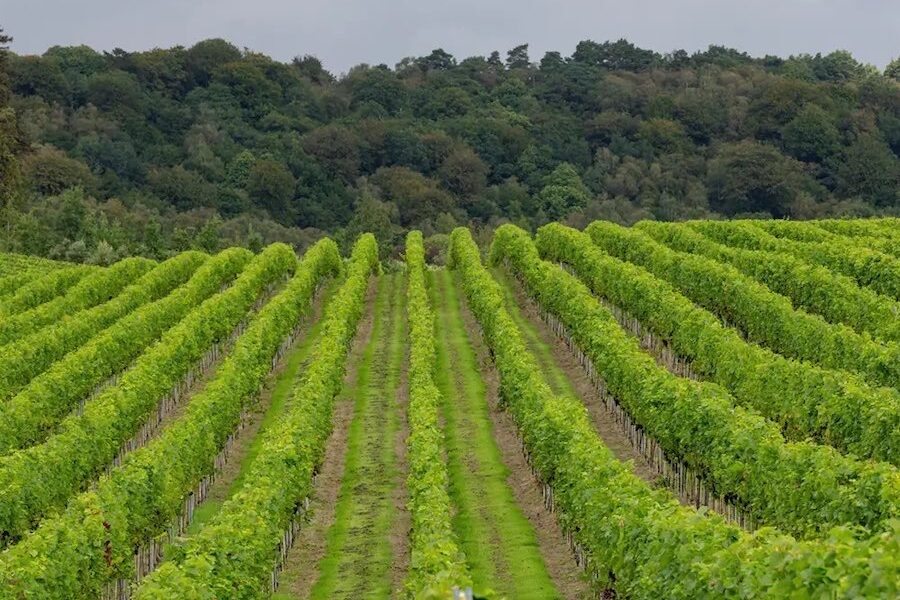
IT is not often I devote my whole article to one plant. This week I was prompted to discuss Quercus robur or English oak after the disastrous fire at Notre Dame cathedral and an item in the Royal Horticultural Society’s “The Garden”.
More than 100 UK estates have pledged oak timbers to help in the rebuilding. It is estimated the cathedral’s original roof was made of more than 1300 Quercus robur oaks. The trees in the original roof probably started growing more than 1000 years ago.
We refer to this particular oak as English and I always understood the Romans took Quercus robur to England at the time of their invasion, as these are native to the Mediterranean. However, while we still refer to Q. robur as the English oak, modern research suggests they were already growing there at least 300,000 years before humans; possibly when Britain was joined to the continent.
Boudica used oak for her army’s chariots when fighting the Romans in Britain. After the Romans defeated her armed insurrection, the Emperor Claudius placed a crown of oak leaves on Rome’s palace gable to give thanks to the gods. Charles the second hid in an oak during the British Civil War to avoid capture. This event is still commemorated as Oak Apple Day on May 29. The “Royal Oak” is the third most popular pub name in Britain. The Cheshire Regiment has oak leaves as its emblem and a branch of oak is the National Emblem of France. It is the emblem of the National Trust. King Henry the eighth’s flagship, the “Mary Rose” – recovered from the English Channel in the 1980s – was made of English oak.
Oak is one of the hardest timbers in the world. Quercus is the Latin name for oak and robur refers to strength or hard timber. They grow for many hundreds of years with some examples in Europe at more than 1500 years old. Evidently pollarding, or hard pruning, extends the life of these trees.

Most of the roof timbers of British cathedrals and many other buildings are oak. For example, the home where I was born is is a two-storey farmhouse built in 1530 by John De Street using an oak frame. It is a heritage-listed building known as “Street Farm”.
Oaks are the most popular exotic park tree in south-east Australia, having proved their worth as a hardy, drought-tolerant tree. Their longevity here is unknown as the oldest ones are still only about 150 years old.
They have been planted here as street trees, often planted for commemorative avenues in country towns after World War I.
Watson has six streets planted with Quercus robur. They provide shade in summer, but shed their leaves in winter, allowing the sun to warm homes. Without oak trees we would not have truffles.
Jottings:
- Oaks are suitable only for large blocks.
- Oaks provide valuable shade in summer for stock.
- Quercus suber or cork oak was the source of wine corks. A cork oak plantation can be seen at the arboretum.
- Acorns are traditionally used as pig food. Farmers can still be seen collecting acorns in Canberra for this purpose.
- Quercus ilex or holm oak, the e vergreen oak, can be seen in Bonney Street, Ainslie.
Who can be trusted?
In a world of spin and confusion, there’s never been a more important time to support independent journalism in Canberra.
If you trust our work online and want to enforce the power of independent voices, I invite you to make a small contribution.
Every dollar of support is invested back into our journalism to help keep citynews.com.au strong and free.
Thank you,
Ian Meikle, editor




Leave a Reply